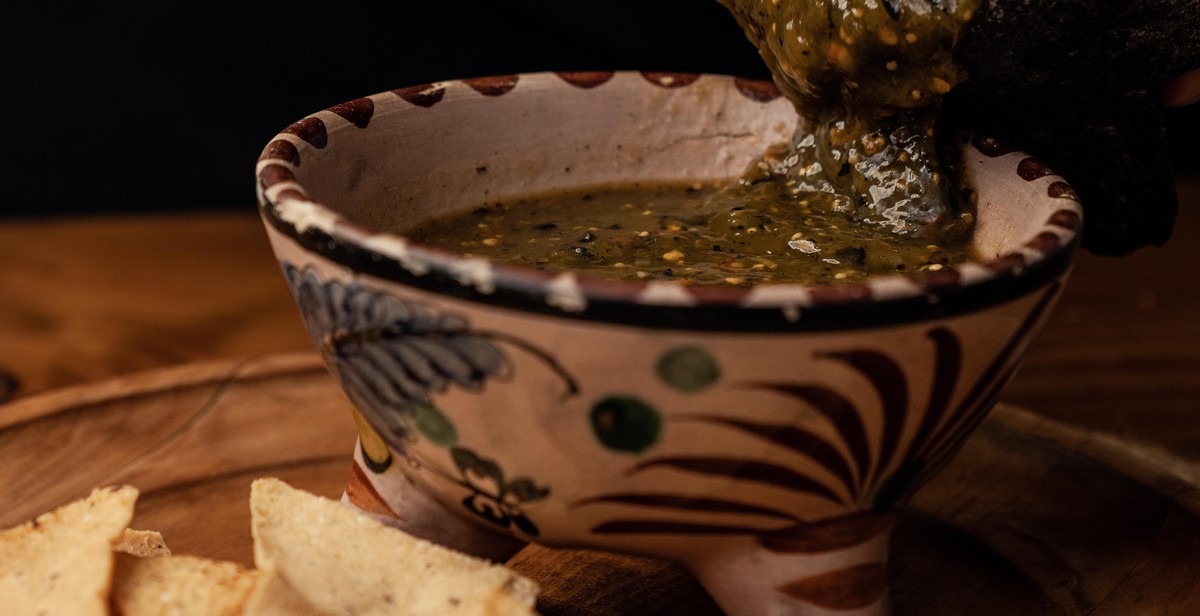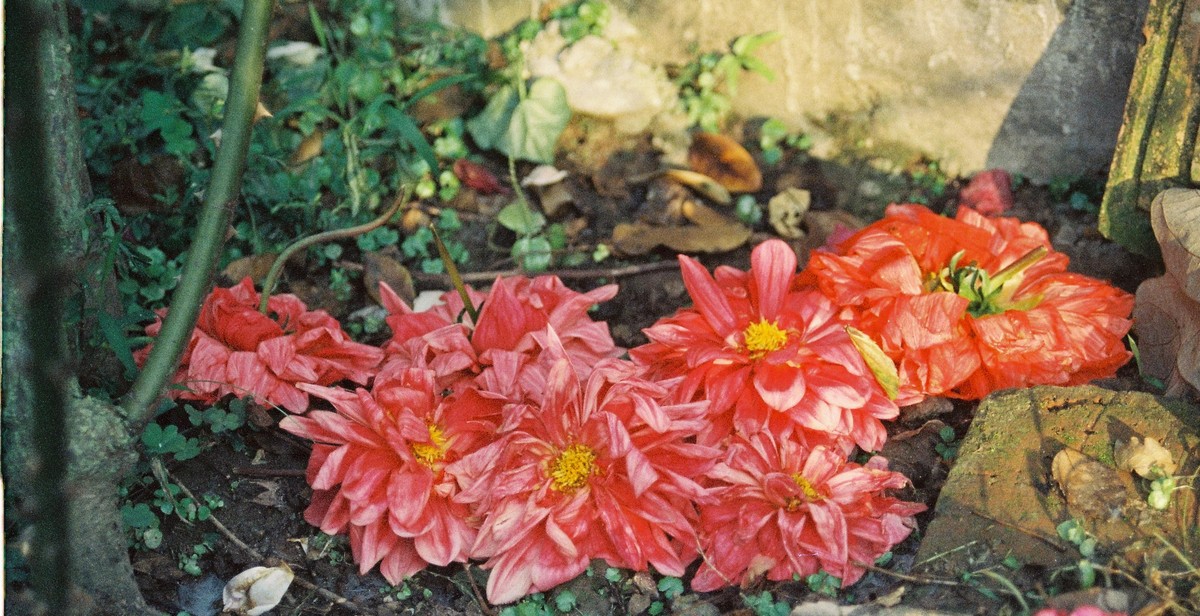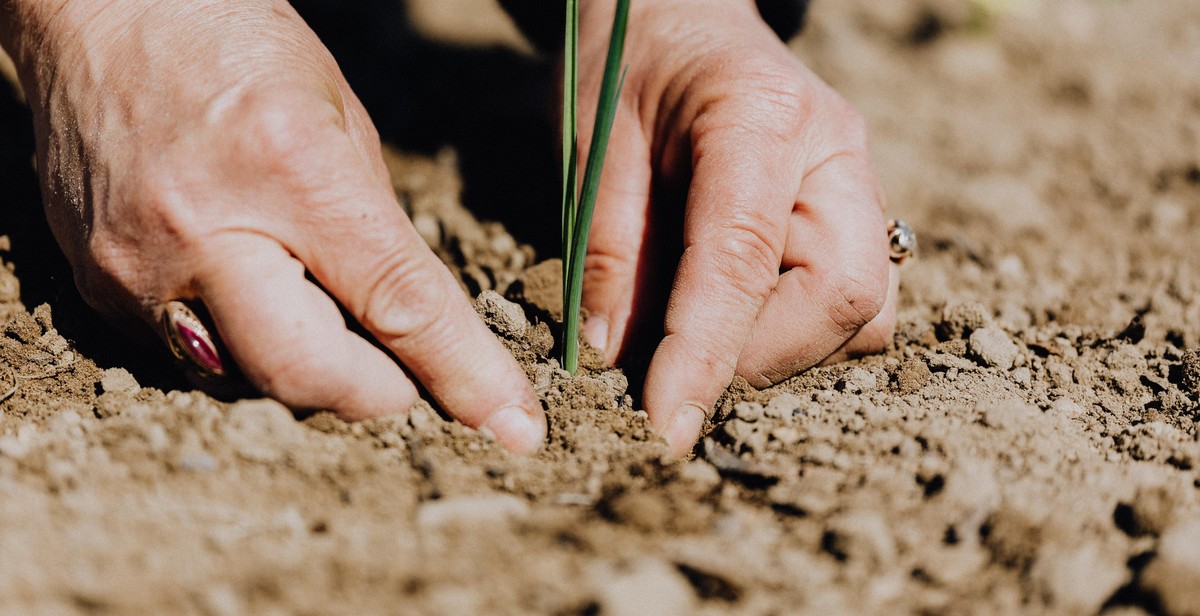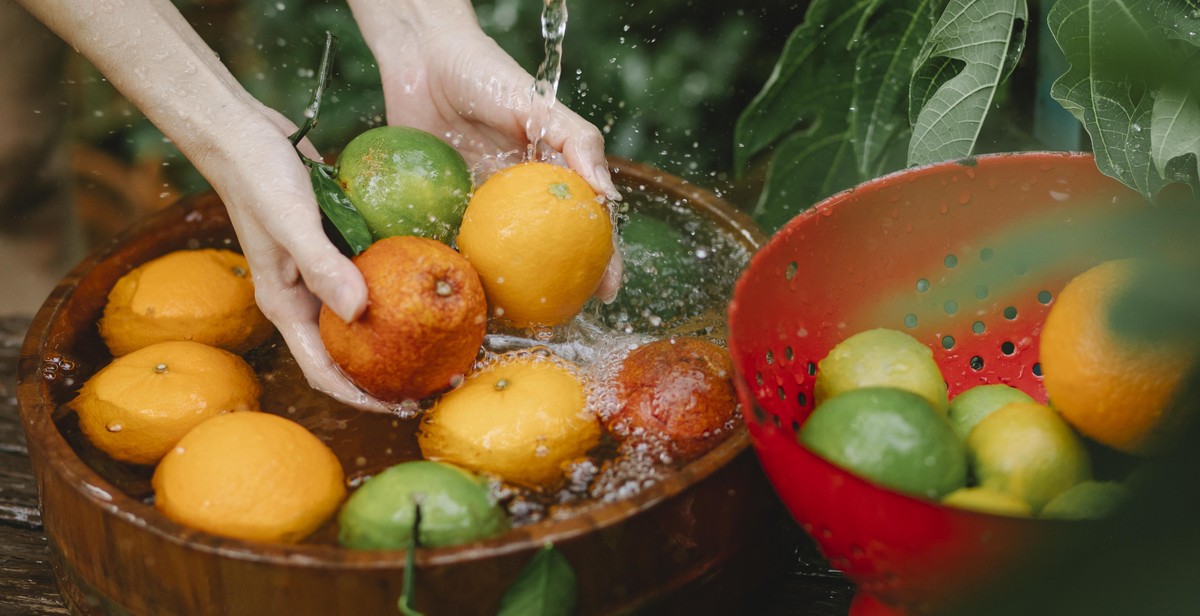How to Grow a Salsa Garden with Fresh Ingredients
Salsa is a delicious and versatile condiment that can be used to spice up any meal. However, store-bought salsa can be expensive and may contain preservatives and other additives. Growing your own salsa garden with fresh ingredients is not only a cost-effective solution but also a fun and rewarding experience.
In this article, we will provide you with a step-by-step guide on how to grow a salsa garden with fresh ingredients. We will cover everything from selecting the right location and soil to choosing the best salsa ingredients and maintaining your garden throughout the growing season.
Selecting the Right Location and Soil
The first step in growing a successful salsa garden is selecting the right location and soil. Salsa plants require full sun, so choose a location that receives at least six hours of direct sunlight each day. The soil should be well-draining and rich in organic matter. If your soil is heavy or clay-like, consider adding compost or sand to improve drainage.
Choosing the Best Salsa Ingredients
The key to a flavorful salsa is using fresh, high-quality ingredients. Some essential ingredients for a classic salsa recipe include tomatoes, onions, peppers, and cilantro. However, you can also experiment with other ingredients like garlic, mango, and pineapple to create unique and delicious salsa varieties.
Maintaining Your Salsa Garden
Once your salsa garden is planted, it is important to maintain it throughout the growing season. This includes regular watering, fertilizing, and pruning to ensure healthy and productive plants. Additionally, be on the lookout for common garden pests and diseases, and take steps to prevent or treat them as needed.
By following these tips, you can grow a bountiful and delicious salsa garden with fresh ingredients that will elevate your meals to the next level.

Choosing the Right Location
Choosing the right location for your salsa garden is crucial for its success. Here are two important factors to consider:
Sunlight Requirements
Sunlight is essential for the growth and development of plants. Most vegetables, including those used in salsa, require at least six hours of direct sunlight per day. Therefore, when selecting a location for your salsa garden, choose an area with plenty of sunlight.
If your garden area is shaded, consider planting in pots and placing them in a sunny spot on your patio or balcony. Alternatively, you can also consider growing shade-tolerant herbs such as cilantro or parsley in your shaded garden area.
Soil Preparation
Preparing the soil for your salsa garden is another crucial factor in its success. Here are some tips for soil preparation:
- Test the soil pH to determine its acidity or alkalinity levels. Most vegetables prefer a slightly acidic soil pH between 6.0 and 6.5.
- Remove any weeds, rocks, or debris from the garden bed.
- Amend the soil with organic matter such as compost or well-rotted manure to improve soil fertility and texture.
- Consider using raised garden beds or containers if your soil is poor or contaminated.
Remember that healthy soil is the foundation for a healthy and productive garden. Taking the time to prepare your soil properly will pay off in the long run.

Selecting the Right Salsa Ingredients
When it comes to making a delicious salsa, the key is in selecting the right ingredients. Here are some tips on choosing the best tomatoes, peppers, onions, and herbs for your homemade salsa:
Tomatoes
Tomatoes are the foundation of any good salsa recipe. Look for ripe, juicy tomatoes with a bright red color. Roma tomatoes are a popular choice for salsa because they are meaty and have fewer seeds. If you prefer a sweeter salsa, try using cherry tomatoes.
Peppers
Peppers add heat and flavor to your salsa. Jalapeno peppers are a classic choice, but you can also use serrano, poblano, or habanero peppers depending on your preference. When selecting peppers, look for firm, shiny peppers with no blemishes or soft spots.
Onions
Onions add a pungent flavor to your salsa. Red onions are a popular choice because they have a milder flavor than white or yellow onions. When selecting onions, look for firm onions with dry, papery skin.
Herbs
Herbs can add a fresh, aromatic flavor to your salsa. Cilantro is a popular herb for salsa, but you can also use parsley or basil. When selecting herbs, look for fresh, bright green leaves with no brown spots or wilting.
| Ingredient | Tip |
|---|---|
| Tomatoes | Look for ripe, juicy tomatoes with a bright red color. |
| Peppers | Choose firm, shiny peppers with no blemishes or soft spots. |
| Onions | Look for firm onions with dry, papery skin. |
| Herbs | Choose fresh, bright green leaves with no brown spots or wilting. |

Starting Your Salsa Garden
If you’re a fan of salsa, there’s nothing quite like growing your own fresh ingredients to make homemade salsa that’s bursting with flavor. Starting your own salsa garden is easy and can be done either from seeds or seedlings.
Starting from Seeds
Starting your salsa garden from seeds is a great option if you want to have more control over the type of plants you grow. Here are some steps to follow:
- Choose a sunny location for your garden. Salsa plants need at least 6 hours of direct sunlight daily.
- Prepare the soil by removing any weeds or rocks and adding compost or fertilizer.
- Sow the seeds according to the packet instructions. Plant them about 1/4 inch deep and 2-3 inches apart.
- Water the seeds gently and keep the soil moist until the seedlings emerge.
- Thin the seedlings once they are a few inches tall, leaving about 12 inches between each plant.
- Continue to water and fertilize the plants as needed.
Starting from Seedlings
If you don’t want to start your salsa garden from seeds, you can also purchase seedlings from a nursery or garden center. Here’s how to get started:
- Choose a sunny location for your garden. Salsa plants need at least 6 hours of direct sunlight daily.
- Prepare the soil by removing any weeds or rocks and adding compost or fertilizer.
- Dig a hole for each seedling, making sure it’s deep enough to cover the roots.
- Place the seedling in the hole and gently pat the soil around it.
- Water the seedlings gently and keep the soil moist until they are established.
- Continue to water and fertilize the plants as needed.
Whether you choose to start your salsa garden from seeds or seedlings, with the right care and attention, you’ll soon be harvesting fresh ingredients to make delicious homemade salsa.

Caring for Your Salsa Garden
Once you have successfully planted your salsa garden, it is important to take proper care of it to ensure a bountiful harvest. Caring for your garden involves watering, fertilizing, pruning, and staking.
Watering
Water your salsa garden regularly, especially during dry spells. The soil should be kept moist but not waterlogged. Overwatering can lead to root rot, while under-watering can cause plants to wilt and die. Watering in the early morning or late afternoon is best to prevent evaporation and ensure that the water reaches the roots.
Fertilizing
Feeding your plants with the right nutrients is essential for healthy growth. Use a balanced fertilizer with equal amounts of nitrogen, phosphorus, and potassium. Apply the fertilizer every two to three weeks during the growing season. Over-fertilizing can lead to burning of the leaves and stunted growth, so be sure to follow the instructions on the package.
Pruning
Pruning your plants helps to promote bushier growth and increase fruit production. Pinch off the tips of the branches when they reach 6-8 inches long. This encourages the plant to grow more side shoots, which will produce more fruit. Remove any yellow or diseased leaves to prevent the spread of disease.
Staking
Staking your plants helps to keep them upright and prevent them from falling over due to the weight of the fruit. Use bamboo stakes or tomato cages to support your plants. Tie the stems to the stakes with twine or plant ties, being careful not to tie them too tightly as this can damage the stems.
By following these simple steps, you can ensure that your salsa garden thrives and provides you with fresh, delicious ingredients for your homemade salsa.

Harvesting and Enjoying Your Salsa Garden
After weeks of carefully tending to your salsa garden, it’s finally time to reap the rewards! Here are some tips for harvesting and enjoying your fresh salsa ingredients.
Harvesting Tips
Timing is key when it comes to harvesting your salsa ingredients. Here are some general guidelines:
- Tomatoes: Wait until they are fully ripe and have a deep red color.
- Peppers: Harvest when they are firm and have reached their mature color (usually green, red, or yellow).
- Onions: Harvest when the tops have fallen over and the bulbs are fully mature.
- Cilantro: Harvest the leaves when the plant is at least six inches tall.
Be sure to use clean, sharp scissors or pruning shears to avoid damaging the plants.
Salsa Recipe Ideas
Now that you’ve harvested your fresh salsa ingredients, it’s time to put them to use! Here are some recipe ideas:
| Salsa Type | Ingredients |
|---|---|
| Classic Salsa | Tomatoes, onions, jalapenos, cilantro, lime juice, salt |
| Pico de Gallo | Tomatoes, onions, jalapenos, cilantro, lime juice, salt |
| Mango Salsa | Mango, red onion, jalapeno, cilantro, lime juice, salt |
Experiment with different ingredient combinations to find your perfect salsa recipe. And don’t forget to enjoy your fresh, homemade salsa with your favorite tortilla chips or as a topping for your favorite Mexican dishes!
